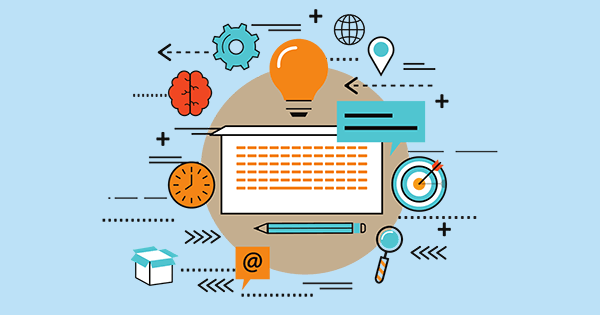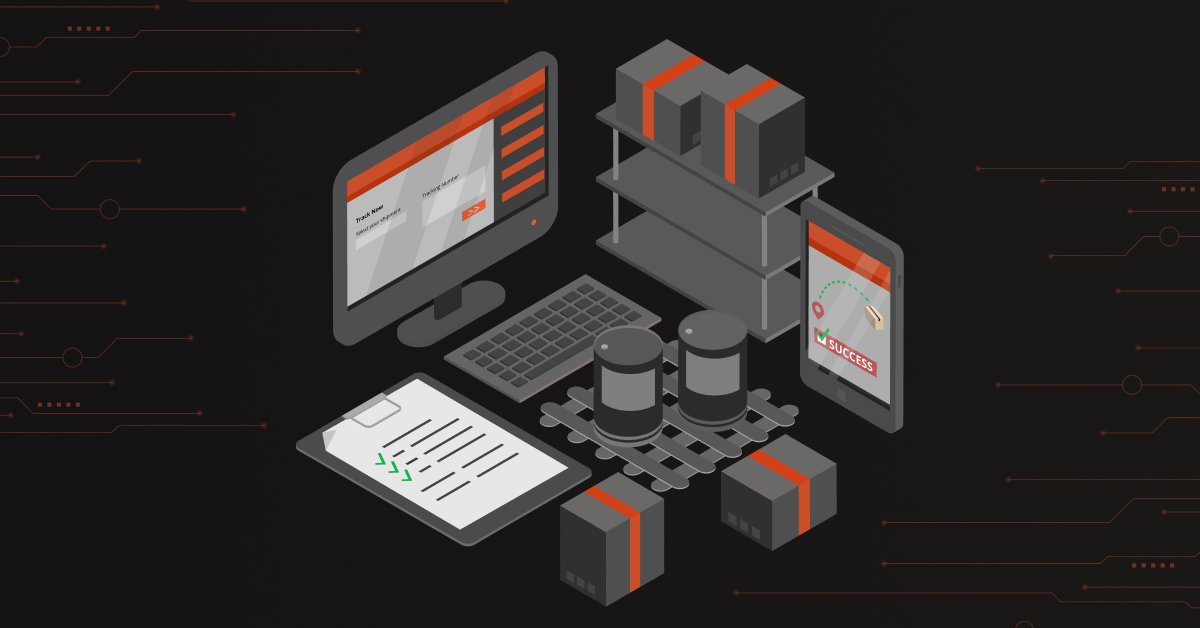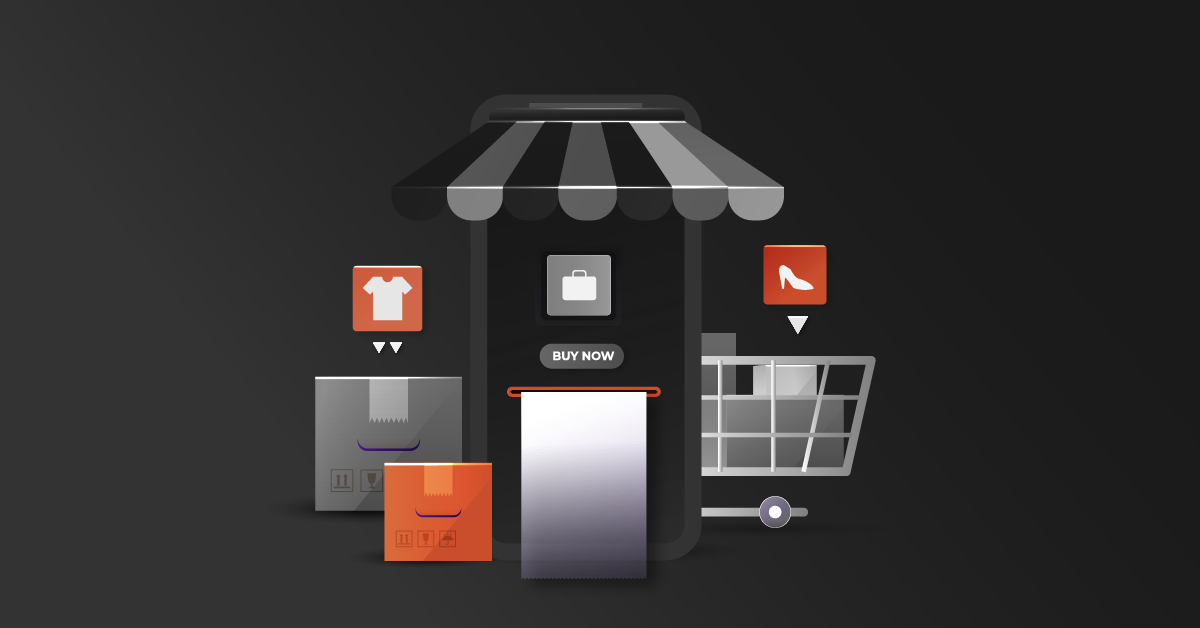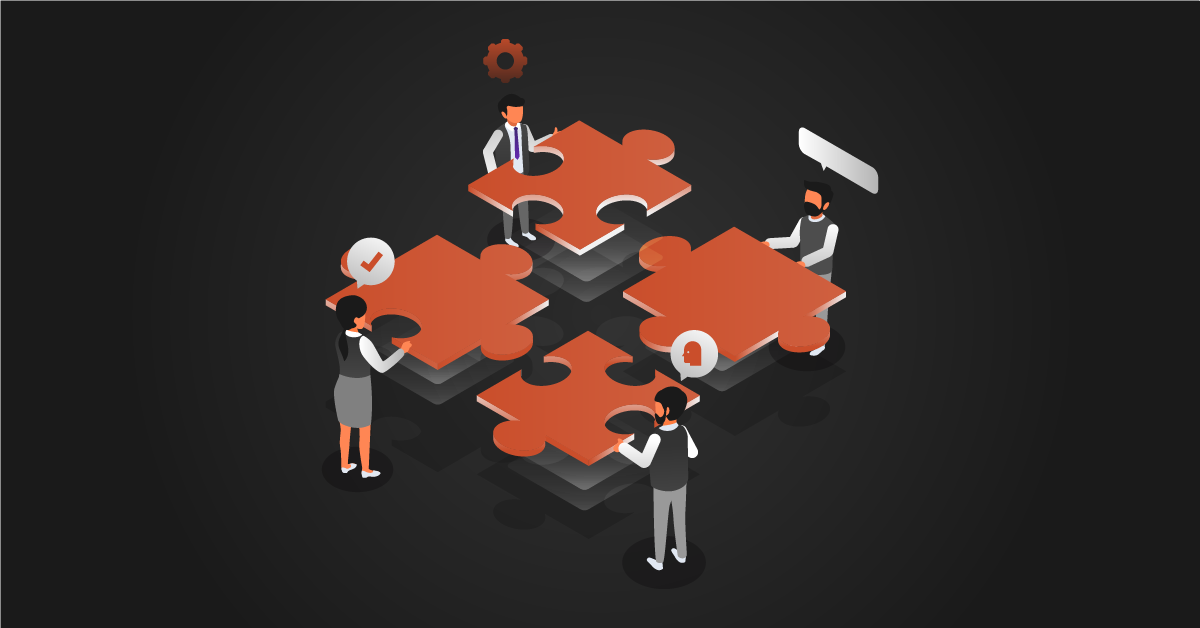The most awaited Drupal8 which is yet to be released has created constant interest and expectations over the advanced features compared to that of its previous version, Drupal7. Drupal 7 has been in development since February 2008 and was released during Jan 2011.
The key features of Drupal7 includes:
 • Great usability improvements
• Great usability improvements
Drupal 7 features a menu bar built in, with quick shortcuts for creating and finding content (which should have icons eventually). It also has a customizable dashboard feature, which lets an individual to arrange blocks to show the most recent comments and quick links. It also improves the organization of forms which used to get incredibly long. Now instead of an endless sea of collapsible boxes, there is a set of tabs at the end of the form, letting an individual to set things like revision information, comment settings, urls. It is also easier to change input formats by using a drop down box.
• Less modules to download
Usually whenever an individual starts a new Drupal site, one needs to download CCK and Image cache before doing much of anything. In Drupal 7, they’re built in. One can add a new text field, image field or file field to a content type right out of the box. Image cache, renamed Image Styles, is there as well, so that one can crop and resize pictures.
• Now with unit testing
One can’t see this feature in the interface, but unit testing is huge leap forward for Drupal source code. It now uses the Simple Test framework to automatically make sure everything is functioning correctly, and that means less bugs. It also means that in the future, Drupal developers will be able to make changes more confidently, without having to worry if they’re breaking something.

Even though it is too early to talk about the features, as the feature freeze of Drupal8 will occur not before 1st week of December 2012.
Here are some of the great features speculated to be included in Drupal8 are:-
* Better HTML5
* Better mobile support
* Improved multilingual features
* Setting up Drupal 8 on a modern web development framework
Apart from the above Drupal8 developers are trying to overcome the following issues faced by Drupal7:-
• Learning Curve: Once an individual gets familiar with the basic mechanics of the system, it becomes second nature in how to do the most common things via programming. However, this requires referencing the documentation a lot in the beginning. The curve has steepened with Drupal 7, with the introduction of entities but in most cases one won’t need to create a custom entity. Also learning how to best use the theme layer can take time in figuring out.
• Updating: Updating the core code is not difficult. But when compared to WordPress, it is a little more time consuming especially when one does it via FTP. There are ways in speeding up this process. But most people won’t know how to take advantage of these techniques.
• Speed: There is a performance hit when using a system like this with all of the moving parts of the system. The cache does help things, but it still is not the fastest system out there. An improvement can be definitely seen through Drupal 8.
Drupal 8 is the first development cycle introducing so called Core initiatives. These are areas with named leads to improve Drupal core in certain areas. However, this does not limit core development to the main areas; there are many community initiatives as well. The reality is that Drupal 7 and Drupal 8 are still very similar.




